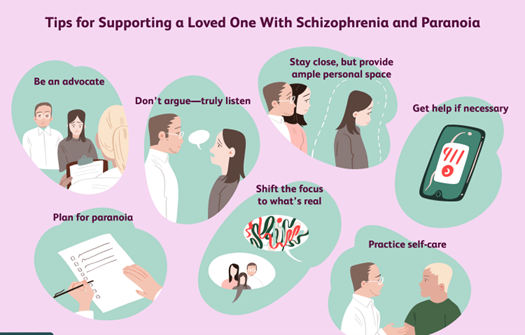A nurse is collecting data from a client who has a long leg cast on his left leg. Which of the following findings is the priority?
Ecchymosis on the inner left thigh
One fingerbreadth of space between the cast and the skin
Diminished pulses on the affected extremity
Client report of muscle spasms of the left leg
The Correct Answer is C
c. Diminished pulses on the affected extremity. This finding may indicate compromised circulation, which is
a serious complication that requires immediate intervention.
Option a. Ecchymosis on the inner left thigh may be a concerning finding, but it is not as urgent as diminished pulses. Ecchymosis may be a result of trauma during cast application, and may resolve on its own.
Option b. One fingerbreadth of space between the cast and the skin is a normal finding and indicates that the cast is not too tight.
Option d. Client report of muscle spasms of the left leg is a common complaint in clients with casts and may
be addressed with medication or other interventions, but it is not as urgent as diminished pulses. Therefore, the priority finding in this scenario is c. Diminished pulses on the affected extremity.

Nursing Test Bank
Naxlex Comprehensive Predictor Exams
Related Questions
Correct Answer is B
Explanation
It is important for the nurse to acknowledge the client's fears and show empathy toward them. By saying "This must be very frightening for you," the nurse validates the client's feelings and shows that they are being heard. Additionally, by suggesting that they talk more about it, the nurse can work towards building a therapeutic relationship with the client and gain more insight into their thought processes.
The other options are not appropriate because:
a. The nurse should not deny the client's beliefs or try to convince them that they are wrong. This can cause
the client to feel invalidated which may make them less likely to trust the nurse.
c. While it is important to understand the client's perspective, this question may come off as confrontational and accusatory.
d. Similarly, this question may be perceived as confrontational and may make the client defensive. It is important to approach the client with empathy and understanding rather than skepticism.

Correct Answer is A
Explanation
This is an essential instruction for performing passive ROM exercises safely and effectively. Supporting the extremity above and below each joint helps to prevent injury and provides stability during the exercise. This technique also helps to minimize discomfort and maintain proper alignment of the joint.
Repeat each exercise movement 10 times: This instruction does not provide sufficient guidance on the number of repetitions and may be too general. The number of repetitions will depend on the client's condition and tolerance.
Position the bed at mid-thigh level: This instruction is not necessary for performing passive ROM exercises and may not be feasible in all settings.
Move each joint just past the point of resistance: This instruction can be harmful and may cause injury or pain. The nurse should encourage the family to move the joint gently and smoothly, within the range of motion that is comfortable for the client.
Whether you are a student looking to ace your exams or a practicing nurse seeking to enhance your expertise , our nursing education contents will empower you with the confidence and competence to make a difference in the lives of patients and become a respected leader in the healthcare field.
Visit Naxlex, invest in your future and unlock endless possibilities with our unparalleled nursing education contents today
Report Wrong Answer on the Current Question
Do you disagree with the answer? If yes, what is your expected answer? Explain.
Kindly be descriptive with the issue you are facing.
